Getting people on your website via social media posts and content that appears in search results can take months.
But you can acquire paid traffic in a matter of days.
In this post, we’ll discuss how paid traffic works and how it compares to organic traffic. And offer some tips to ensure your paid campaigns deliver the best results possible.
But first, some basics.
What Is Paid Traffic?
Paid web traffic is all visitors who land on your website by clicking on an ad you’ve paid for.
Paid ads can appear in various locations across the web. Including search engines, social media platforms, websites, and apps.
They can also appear in multiple formats, such as:
- Paid search results (typically labeled ‘Sponsored’ or ‘Ad’)
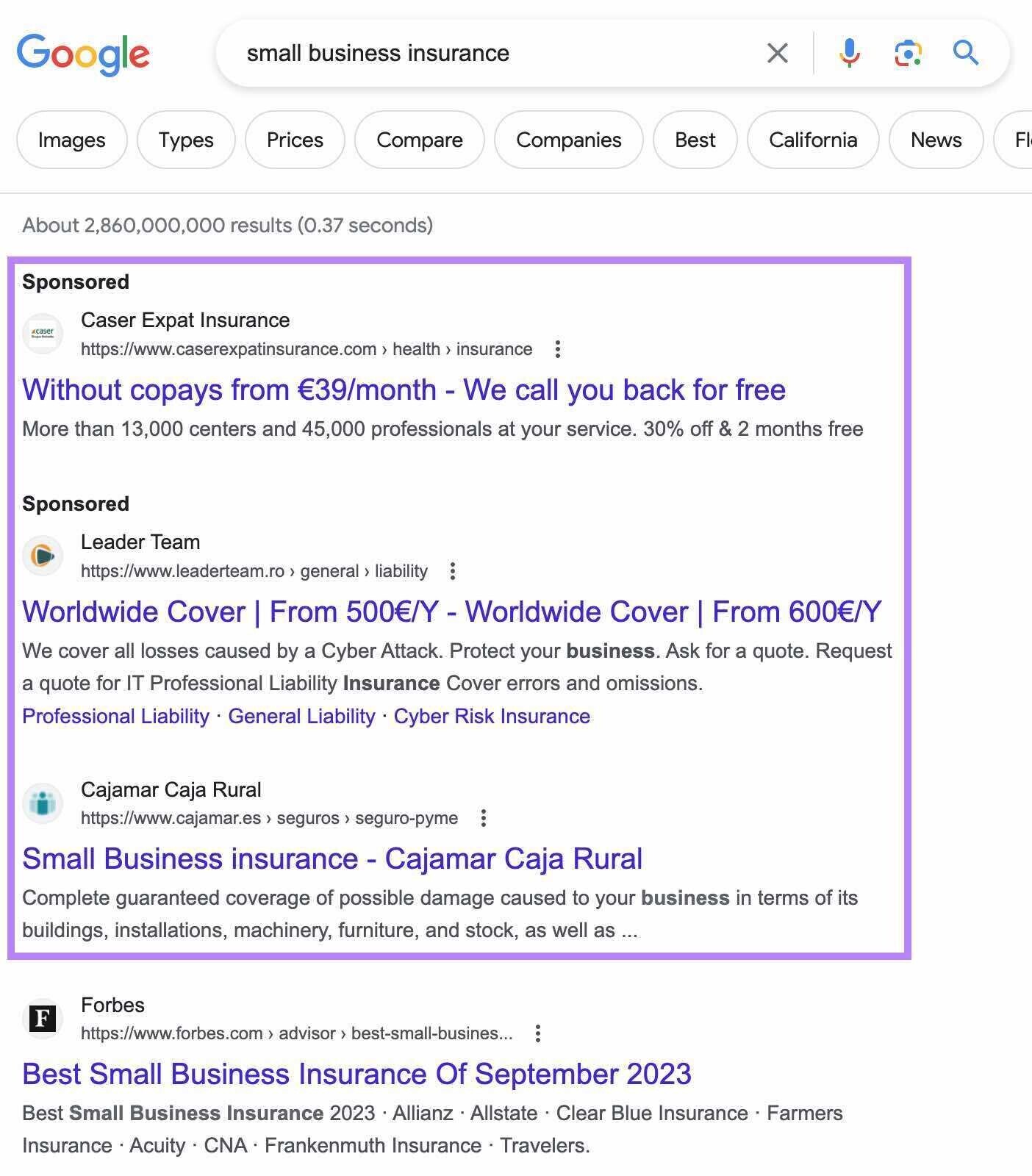
- Sponsored social media posts
- Display ads (which often appear as banners on websites)
- Shopping ads (which appear as product listing ads in Google’s search results)
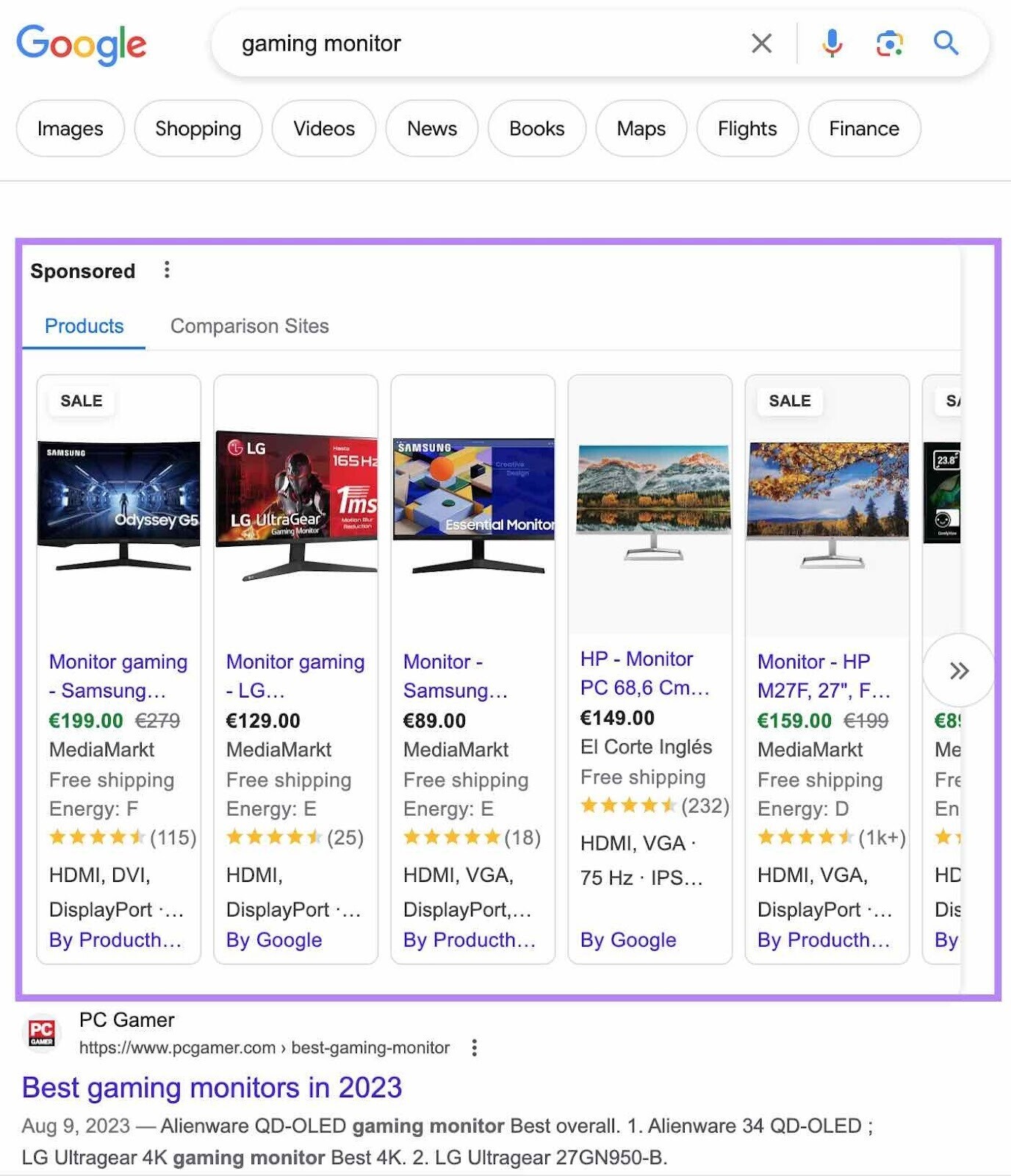
- Affiliate links (where publishers earn a commission for referring their audience to a product or service)
- Video ads
Paid traffic campaigns let you target specific segments of your target audience, helping you generate more brand awareness, traffic, and sales. Most paid ads direct visitors to purpose-built landing pages that are optimized to drive conversions.
Paid ad campaigns can be an extremely valuable addition to your broader marketing strategy. Especially when you consider they can help drive more traffic and conversions almost immediately.
How Paid Traffic Works
Paid traffic campaigns involve paying a digital advertising platform to display your ads to a predefined audience.
Here’s an overview of how it works:
- Set goals: Define what outcomes you want to achieve, such as boosting traffic, generating leads, or driving sales
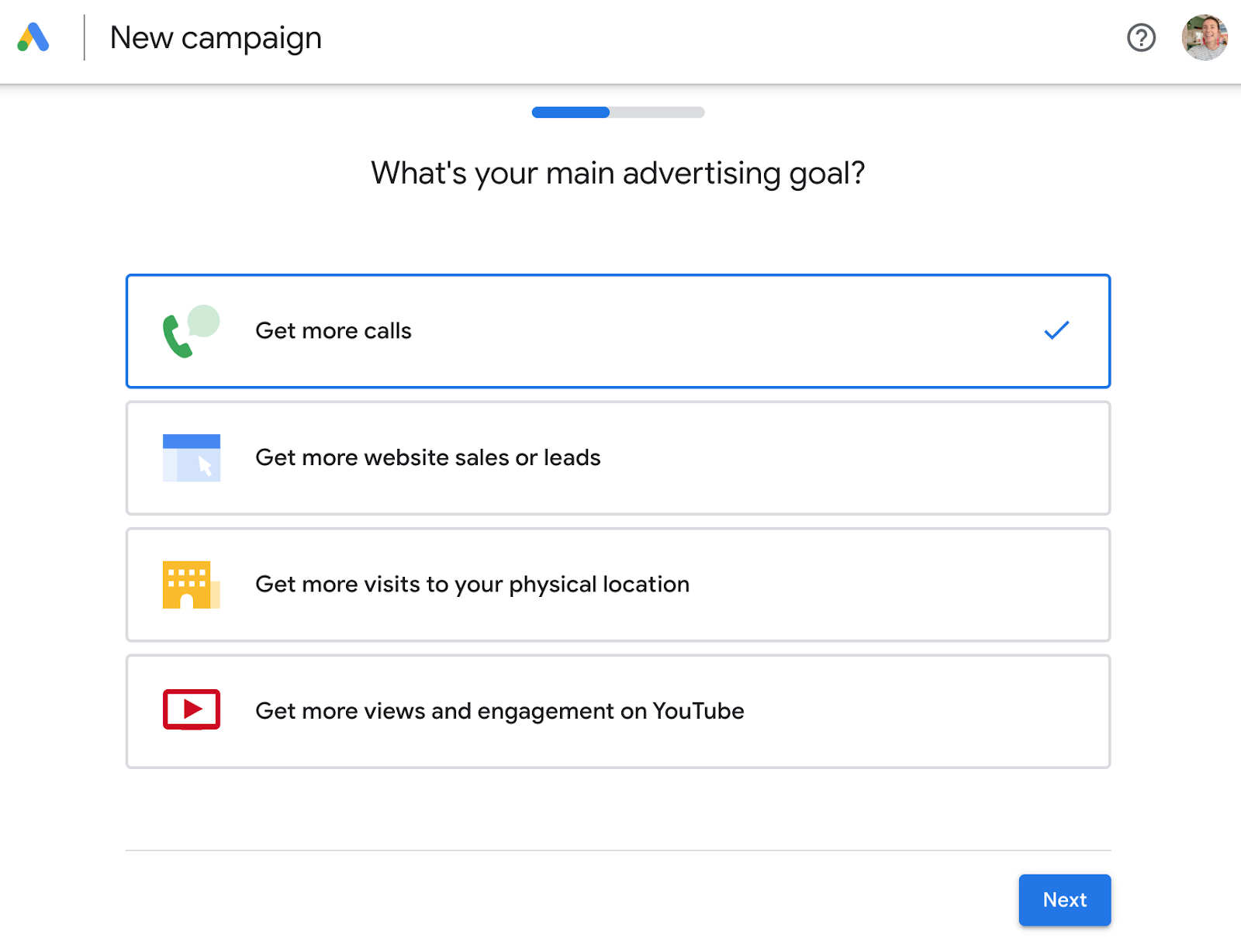
- Define target audience: Specify which audience segments you want to target based on attributes like demographics, interests, and user behaviors
- Set budget: Determine how much you want to spend on your campaign (considering both daily and overall budgets)
- Choose platform(s): Select advertising platforms aligned with your goals and target audience, such as Google Ads, Facebook Ads, and LinkedIn Ads
- Select ad types: Pick ad types aligned with your goals and target audience, such as display ads, search ads, and social media ads
- Keyword research: Identify which keywords potential customers might use to search your products or services (for search ads only)
- Create ads: Develop engaging ads with compelling headlines, persuasive copy, and high-quality visuals
- Create landing pages: Set up conversion-optimized landing pages that match the messaging in your ads
- Monitor and optimize: Track campaign performance metrics and A/B test your ads to find the most effective variations
How you pay for website traffic varies depending on the advertising platform you use.
Here are some typical payment models you’re likely to encounter:
Cost-Per-Click (CPC)
The CPC model charges you a fee whenever a user clicks on your ad. In other words, displaying your ad is free unless someone actually clicks on it.
It’s calculated by dividing your campaign’s total ad cost by the total number of clicks it received. Like this:
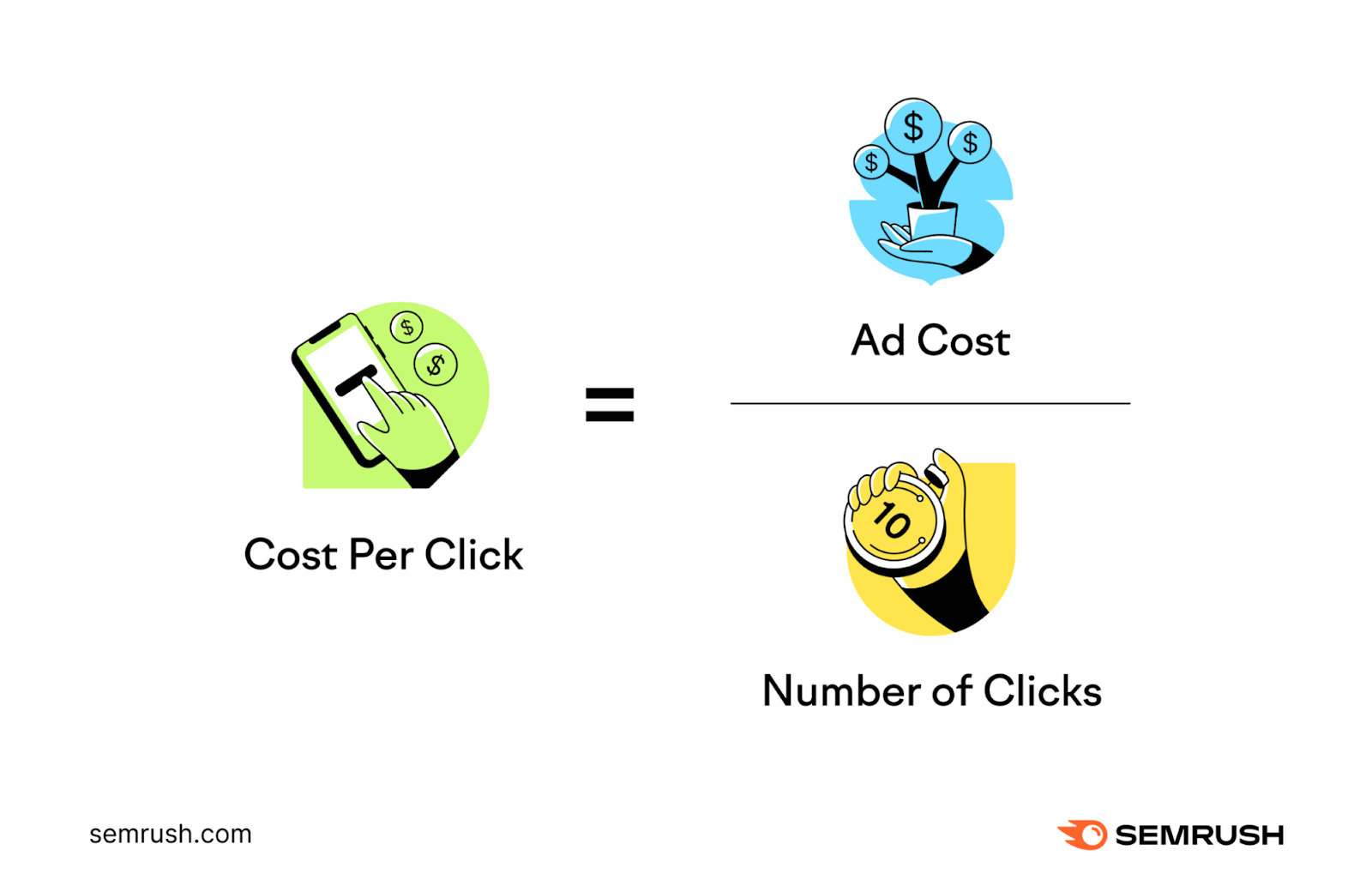
This model is usually associated with search ads. But it’s also often used in display and social media advertising. Since you only pay when someone clicks your ad, the CPC model is especially good for measuring the effectiveness of your ad spend.
In most cases, platforms using the CPC model require you to submit bids for ad placements.
For example, you set a maximum bid for the keywords you want your ad to appear for when setting up a paid search campaign in Google Ads.
Google then enters your bid into an auction with other advertisers.
And when someone searches for one of your keywords, Google decides whose ads should appear and in what order based on the Ad Rank formula. Ad Rank is determined by your maximum bid value and Quality Score (the quality and relevance of your ad, keyword and landing page experience). Ads with the highest Ad Rank tend to appear highest in the search results.
Cost-Per-Mille (CPM)
CPM is an impressions-based model where you pay a set rate for every thousand views your ad receives.
CPM ads are particularly beneficial if your goal is to increase brand visibility rather than simply attract more potential customers to your website.
This model is most notably used across display networks like Google Display Network and Microsoft Audience Network. And as with PPC ads, your ad placement is determined by a bidding process.
Cost-Per-Action (CPA)
With the CPA pricing model, you only pay if a user completes a predefined action after clicking on your ad.
These actions can include anything from completing a contact form to making a purchase. This makes the CPA model especially good for driving specific conversions.
Affiliate marketing (an example is pictured below) often uses the CPA pricing model.
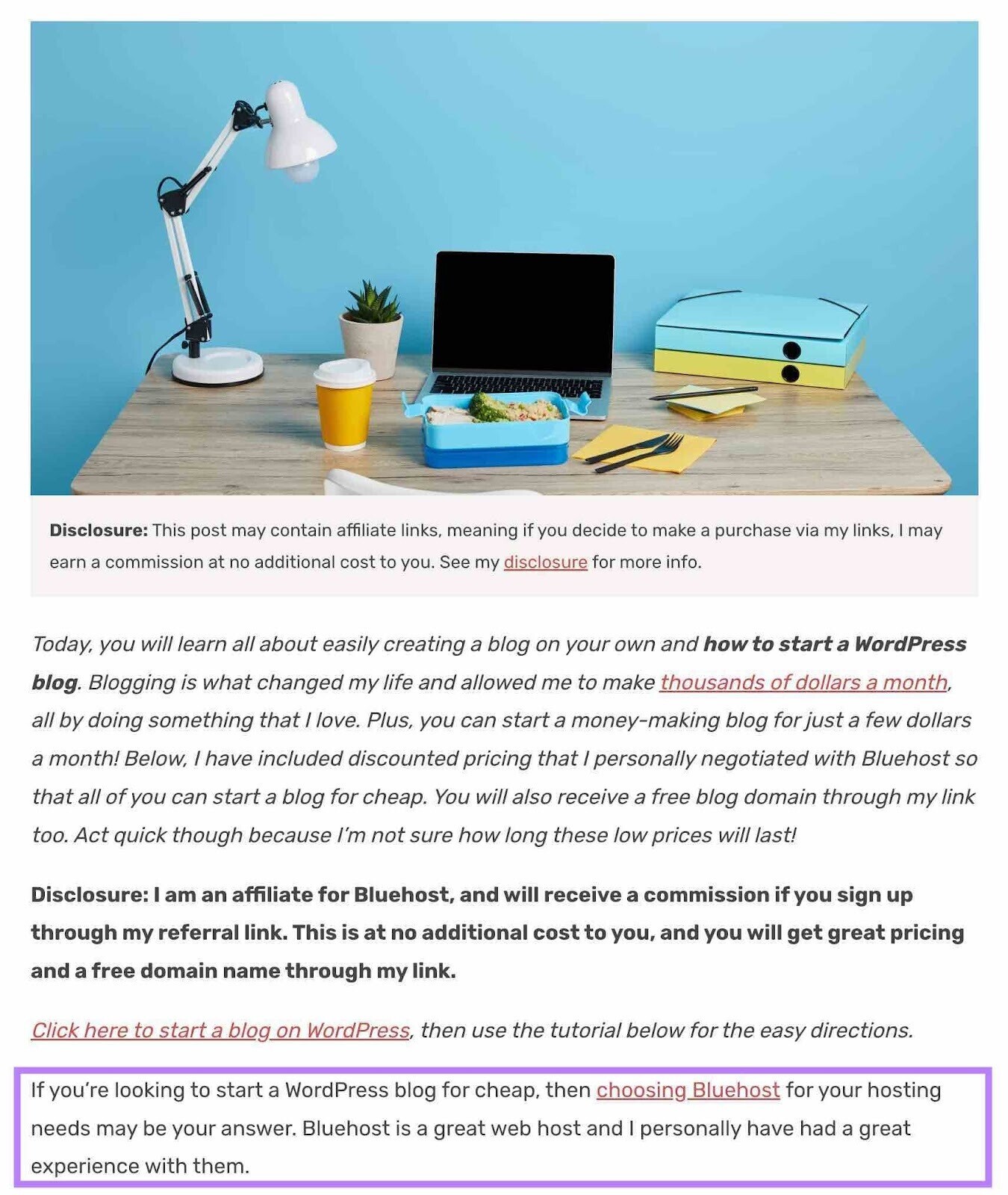
So, if your business has an affiliate program and someone buys one of your products after clicking on an affiliate link, you’ll compensate your affiliate with a cut of the revenue.
But if there’s no sale, there’s no payment.
Paid Traffic vs. Organic Traffic: Which Is Better?
While paid traffic refers to any website visitors you acquire through online advertising, organic traffic refers to visitors you attract through unpaid links in search engine results. And traffic from unpaid social media posts can also be considered organic.
Which one you focus on most depends on your budget, timelines, and specific marketing objectives.
If you’re looking for immediate results and have the budget to spend, prioritizing paid traffic might be a good idea. But investing in organic traffic helps build a sustainable stream of visitors, leads, and sales.
So, the reality is that paid and organic traffic work best in tandem. The benefits of each approach can compensate for the other’s drawbacks.
Let’s look at the pros and cons of both forms of traffic in more detail:
Paid Traffic Advantages and Drawbacks
Paid traffic lets you generate results almost instantaneously and gives you fine-grained control over targeting, testing, and ad spend.
But success heavily depends on the size of your budget (especially in crowded markets), and many web users find ways of avoiding or ignoring paid ads altogether.
Pros:
- Quick results: Paid campaigns can start sending traffic your way as soon as they go live
- Granular targeting: Paid ads let you target potential customers based on countless attributes such as location, search behavior, and interests
- Retargeting: Ad platforms usually provide retargeting (sometimes called remarketing) options that allow you to re-engage users who’ve previously interacted with your brand
- Measurability and testing: Paid advertising platforms come with comprehensive analytics, so you can keep tabs on how campaigns are performing, test different ad variations, and spot opportunities for further improvement
- Budget control: Major ad platforms also let you set budget caps to ensure you don’t overspend
Cons:
- High competition and cost: Paid ads can quickly burn through your marketing dollars if you’re in a crowded market
- Ad fatigue: Paid ads are sometimes tuned out byweb users due to overexposure
- Ad blocking: Paid ads are susceptible to ad-blocking software
- Click fraud: Paid ads can lead to click fraud—a malicious practice that involves competitors depleting their rivals’ marketing budgets
- Budget dependency: Paid ads only generate traffic as long as you’re paying for them.Once you stop investing, any associated traffic is likely to drop considerably.
Organic Traffic Advantages and Drawbacks
Organic traffic is a cost-effective way to generate a consistent stream of website visitors over a sustained period of time.
However, generating organic traffic requires a long-term term commitment and there are no guarantees of success.
Pros:
- Cost efficient: Organic traffic requires no direct payment to an advertising platform
- Long-lasting results: Organic efforts can deliver sustainable traffic over time
- Enhanced trust and credibility: Most organic traffic comes via high-ranking search results. Websites that consistently rank prominently tend to be perceived as more trustworthy.
- Improved user experience: Organic efforts involve improving website usability, including optimizing page speed, mobile responsiveness, and internal navigation—all things that improve the user experience
- Higher click-through rates (CTRs): Organic search listings tend to receive higher CTRs than paid results. A top-ranking organic result has a CTR of around 40%, while most paid search results average a 1.2 to 2.1% CTR despite these ads appearing above the top organic results.
Cons:
- Gradual results: Organic traffic takes time.Overnight successes are very rare in the world of SEO and content marketing.
- Time and labor-intensive: Organic traffic also takes sustained effort.Optimizing your site, publishing high-quality content, and building your backlink profile (the collection of incoming links pointing to your site) is an ongoing commitment.
- No guarantees: Organic efforts don’t necessarily translate into strong visibility within the search results
- Difficulty measuring ROI: Unpaid traffic can be hard to attribute to metrics like conversions and sales
- Ever-evolving search algorithms: Organic search rankings are constantly at the mercy of search algorithm updates. While paid ads are subject to changes to the bidding systems of digital advertising platforms, they aren’t affected by search algorithm adjustments in the same way.
The 9 Best Paid Traffic Sources to Use
Here’s a list of some of the most effective paid traffic sources out there:
1. Paid Search
Paid search advertising is when you pay search engines like Google or Bing to appear in their search results as a sponsored listing.
These ads can appear at the top and throughout the search results page. Sometimes, organic listings are shown in between.
Here’s an example of paid search ads at the top of a Google results page:
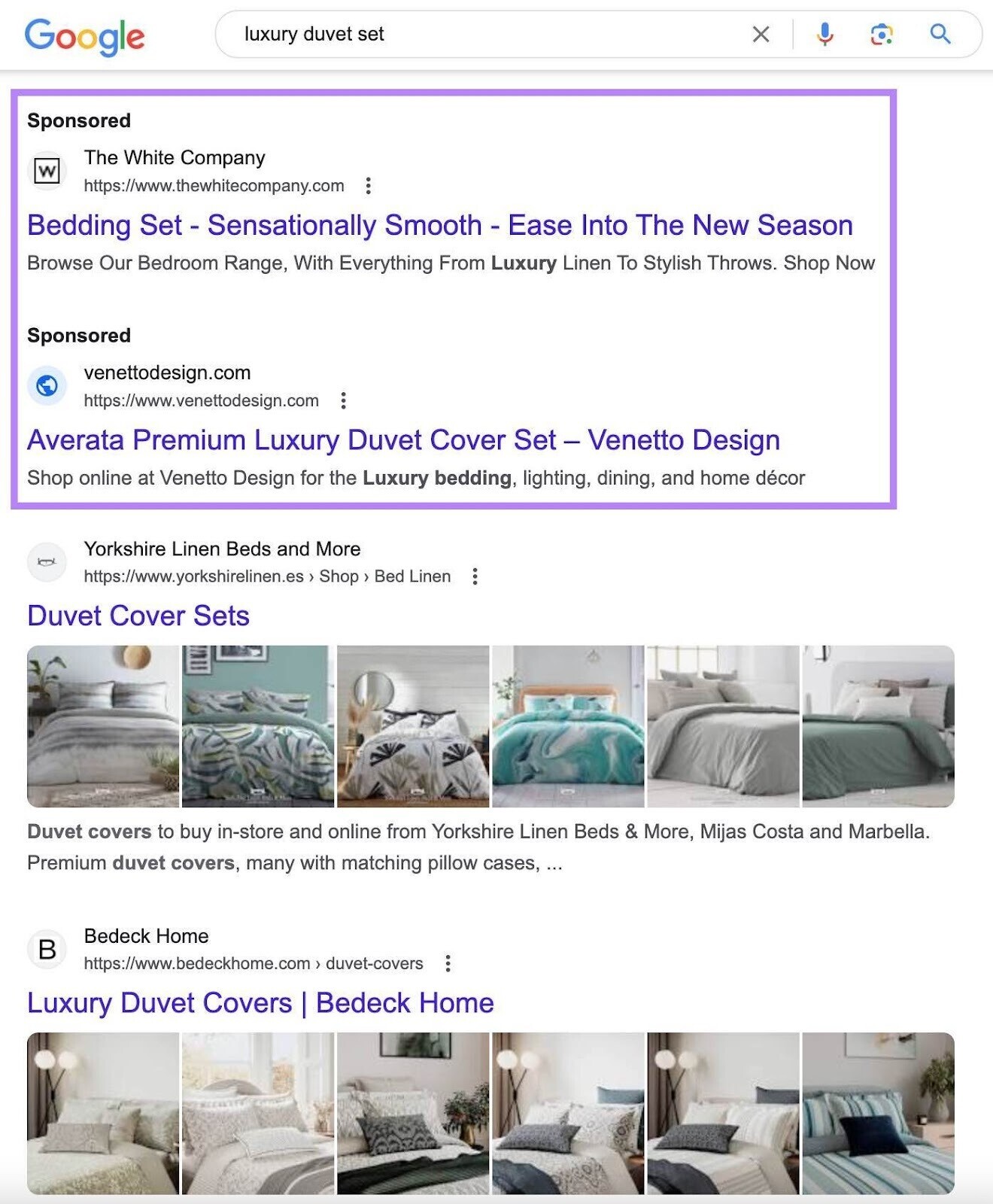
PPC is the standard campaign model used to generate paid search traffic.
Paid ads are beneficial for businesses that want to target specific audiences actively searching for their products or services.
2. Display Advertising
Display ads are placed on third-party websites as images, videos, or interactive media. These ads are placed on websites via ad networks (like Google Display Network). When a user visits a participating site, the ad network displays relevant ads.
Banner ads are some of the most common display ad formats. And they look like this:
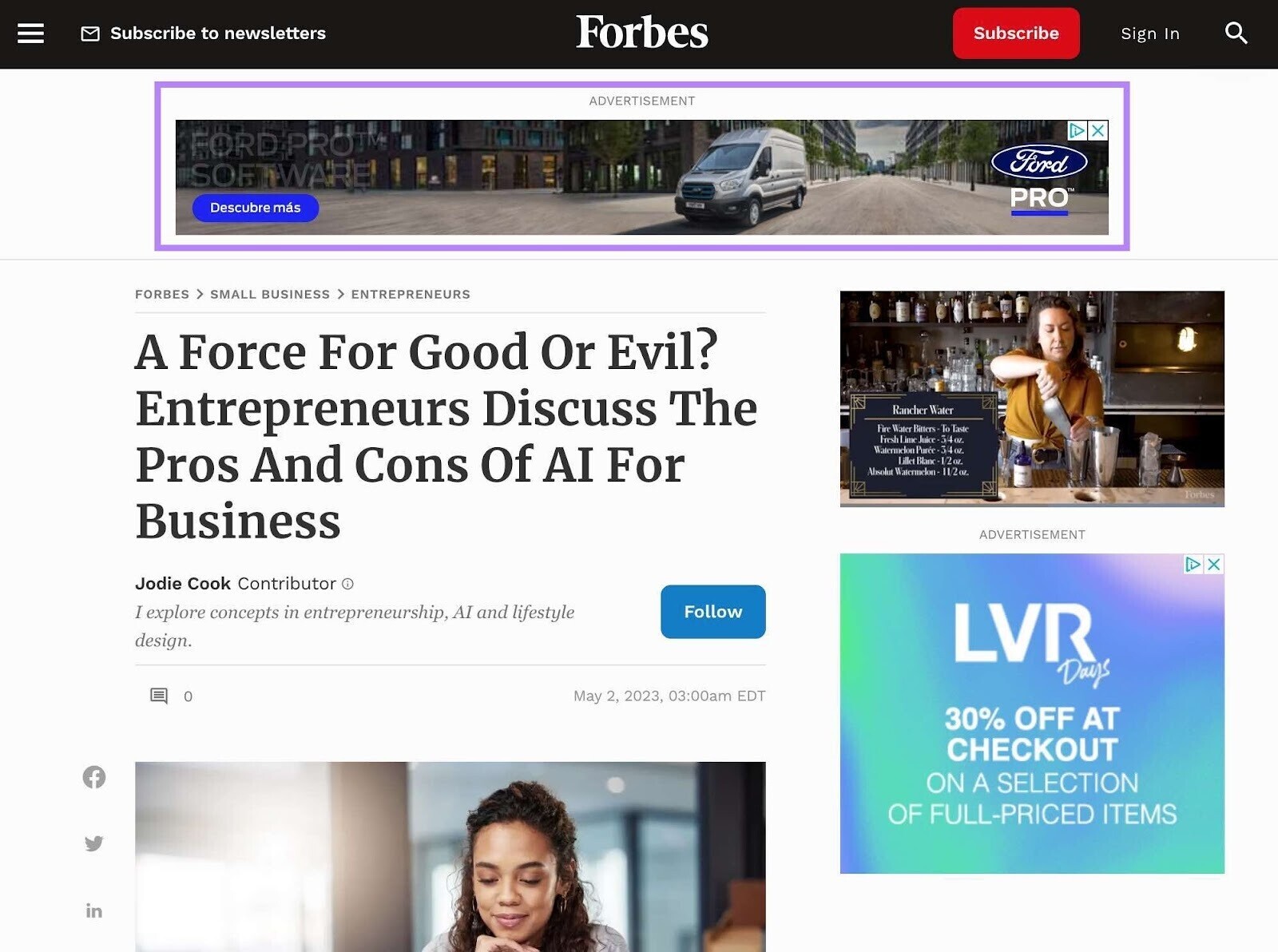
Display ad campaigns tend to use CPM or CPC pricing models (but CPA is also possible too).
Display ads are useful if you want to increase brand awareness through visually engaging content.
3. Affiliate Marketing
Affiliate marketing is an advertising practice where an individual or company (the affiliate) promotes your business to their audience.
Here’s an example of affiliate marketing:
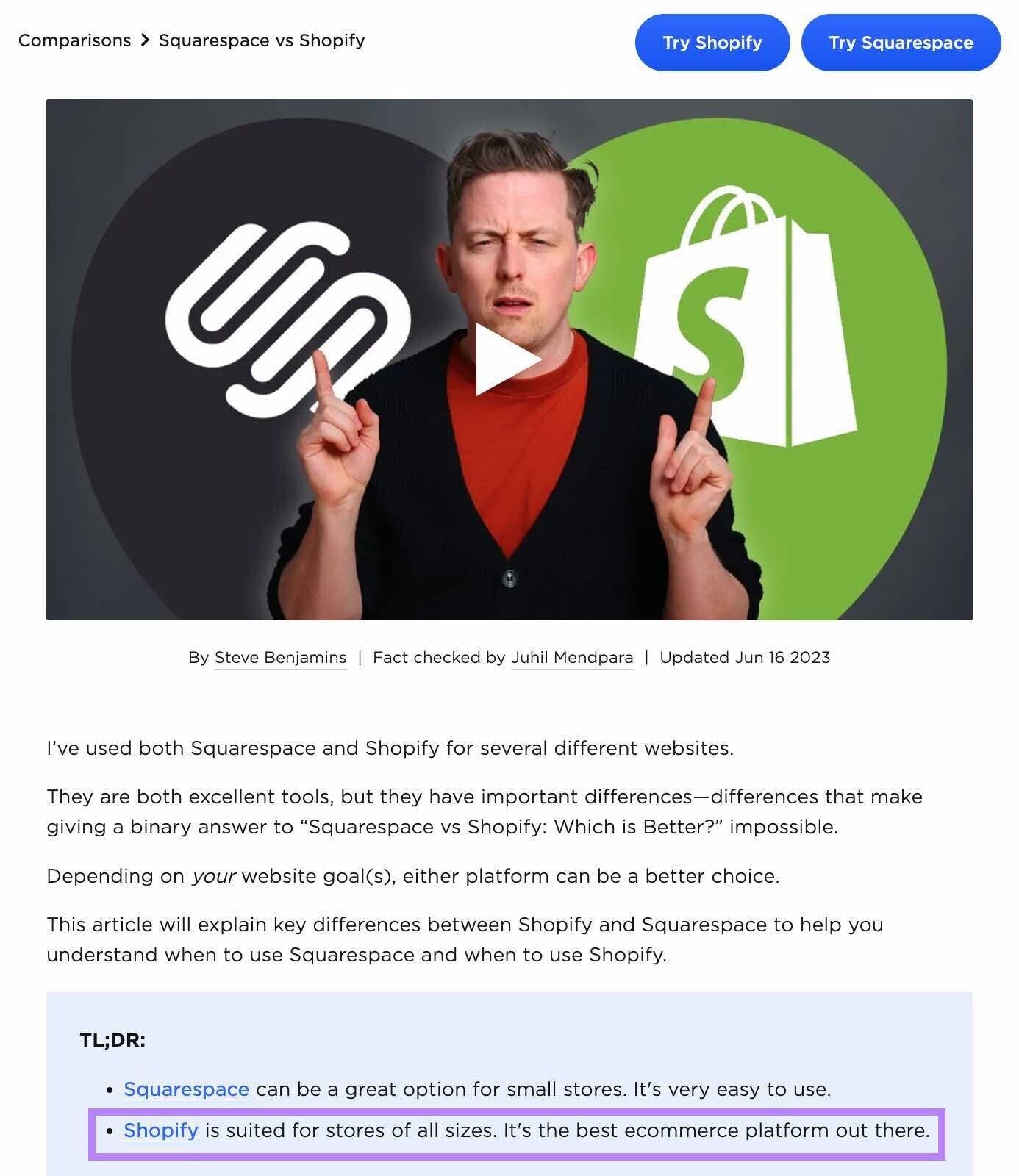
The affiliate places a unique link (typically as a text link or within a banner or other display) on their website, social media profile, newsletter, or some other channel. And they earn a commission each time someone clicks on the link and signs up or makes a purchase.
Affiliate marketing allows businesses to leverage the credibility and influence of their affiliates across a range of audiences. And since you only pay when someone converts, affiliate marketing is a relatively low-risk investment.
4. Native Advertising
Native advertising refers to ads that are so well integrated with the surrounding content that the average person may not even realize they’re looking at an ad.
Sponsored articles are a prime example of native advertising.
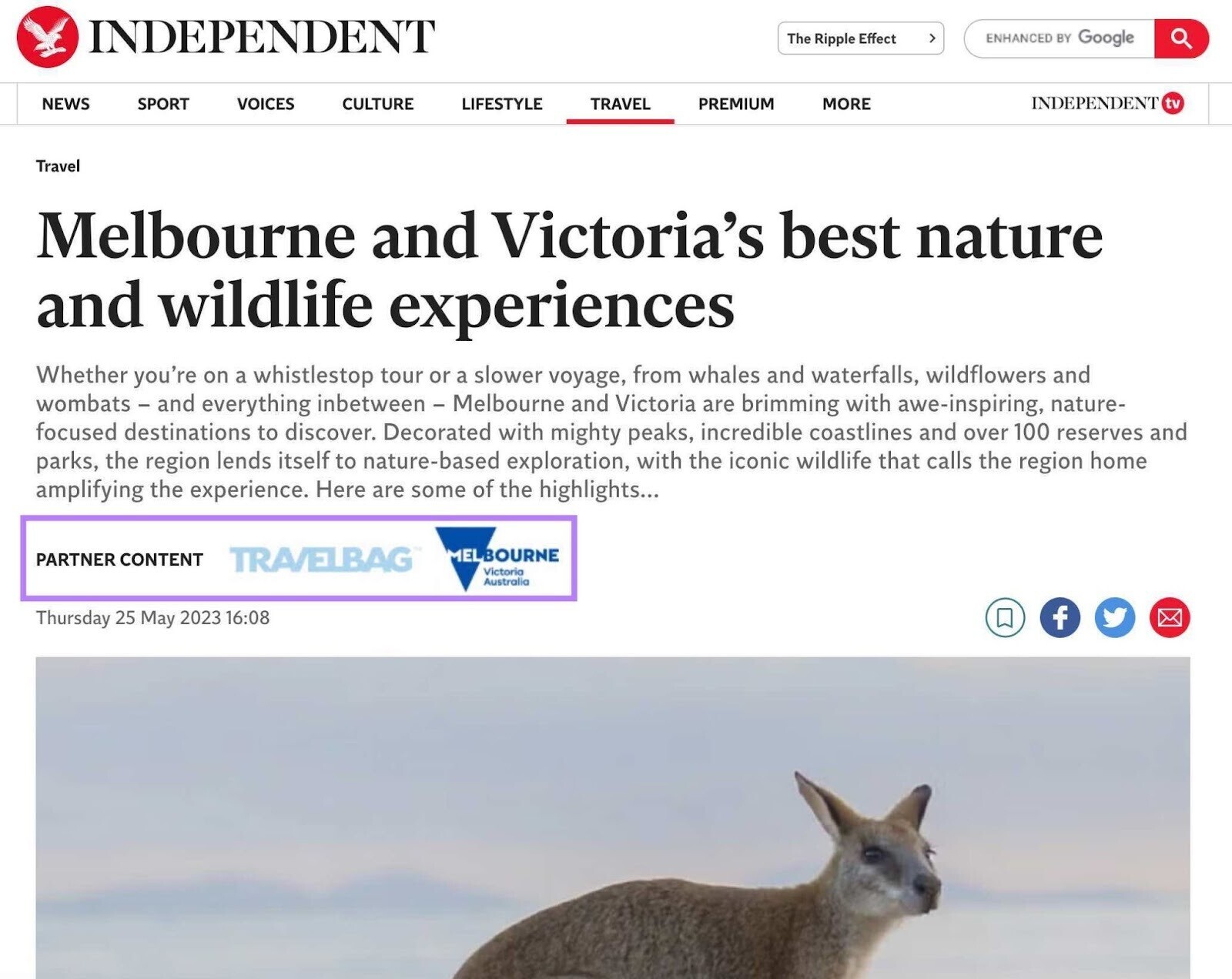
Most native advertising platforms use a CPC payment model, although CPA is also quite common.
Native advertising is good for businesses looking to promote their products or services in a relatively non-intrusive way. Also, native ads often have better CTRs than display ads since they’re designed to blend into the surrounding organic content.
5. YouTube Ads
As the world’s largest video-sharing platform, YouTube offers a ton of advertising options.
Some examples include in-stream skippable ads, sponsored card ads, and short-form bumper ads.
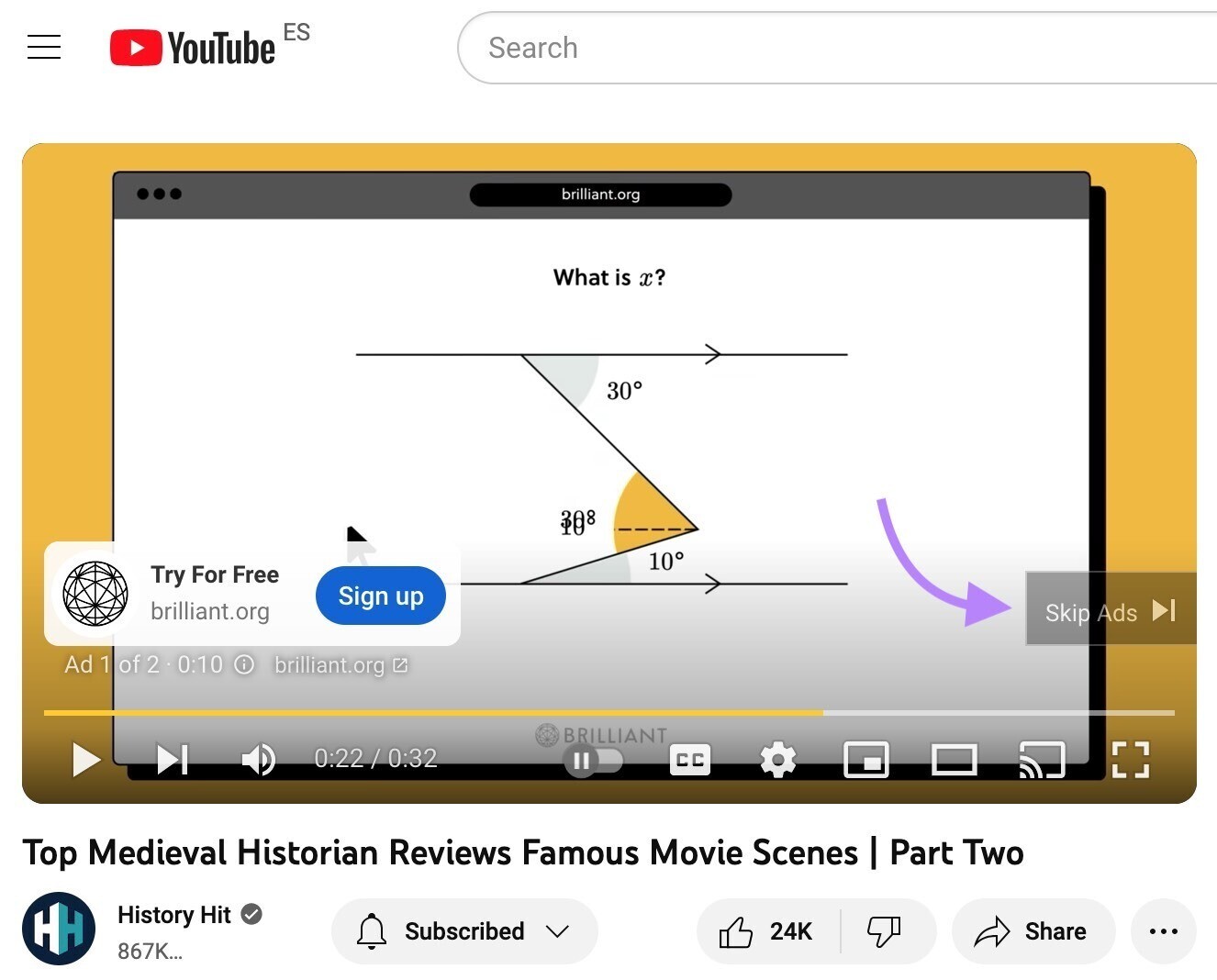
Businesses can use YouTube ads for countless marketing purposes, from boosting brand visibility and engagement to driving specific actions (like website visits and product purchases).
6. Facebook Ads
Facebook ads can appear as images, videos, slideshows, carousels, and several other ad formats within the platform.
Here’s an example of a Facebook ad:

Facebook is well-known for offering a wide range of targeting options, allowing you to reach audiences based on location, interests, demographics, and behaviors. The platform offers several pricing models, including CPC, CPM, and CPA.
Facebook Ads works well for businesses that value precise audience targeting capabilities.
7. TikTok Ads
TikTok lets you publish ads in various formats, including in-feed videos, full-screen “brand takeovers,” and sponsored hashtags.
Here’s what a TikTok ad might look like:
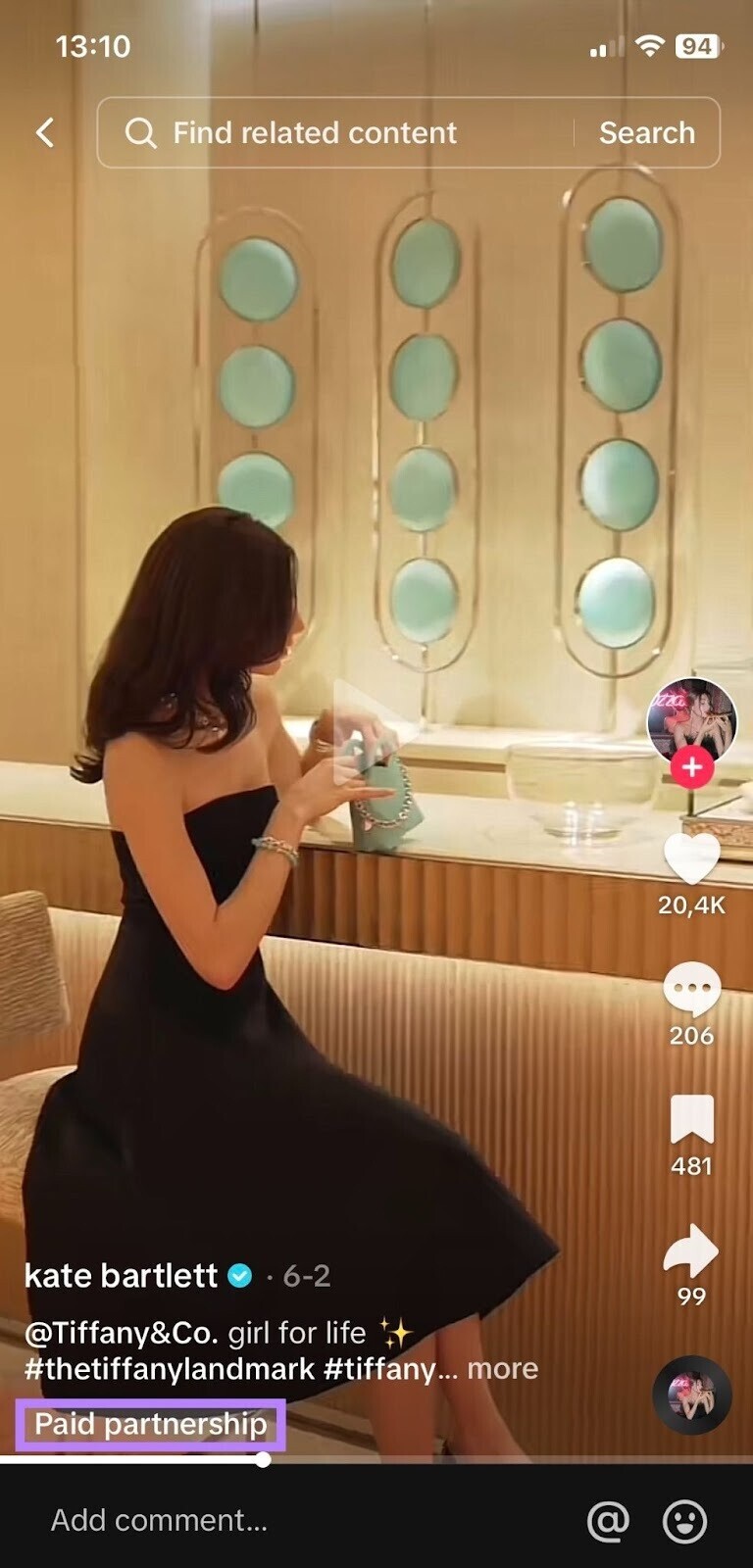
Why advertise on TikTok?
Because it has quickly become one of the world’s leading social media platforms, forecast to reach 900.7 million users by the end of 2024.
The platform uses CPC and CPM pricing models and is especially well-suited for creative brands targeting a younger audience.
8. LinkedIn Ads
LinkedIn ad formats include sponsored content, video ads, and InMail ads. And work especially well for B2B brands.
Here’s an example of a LinkedIn ad:
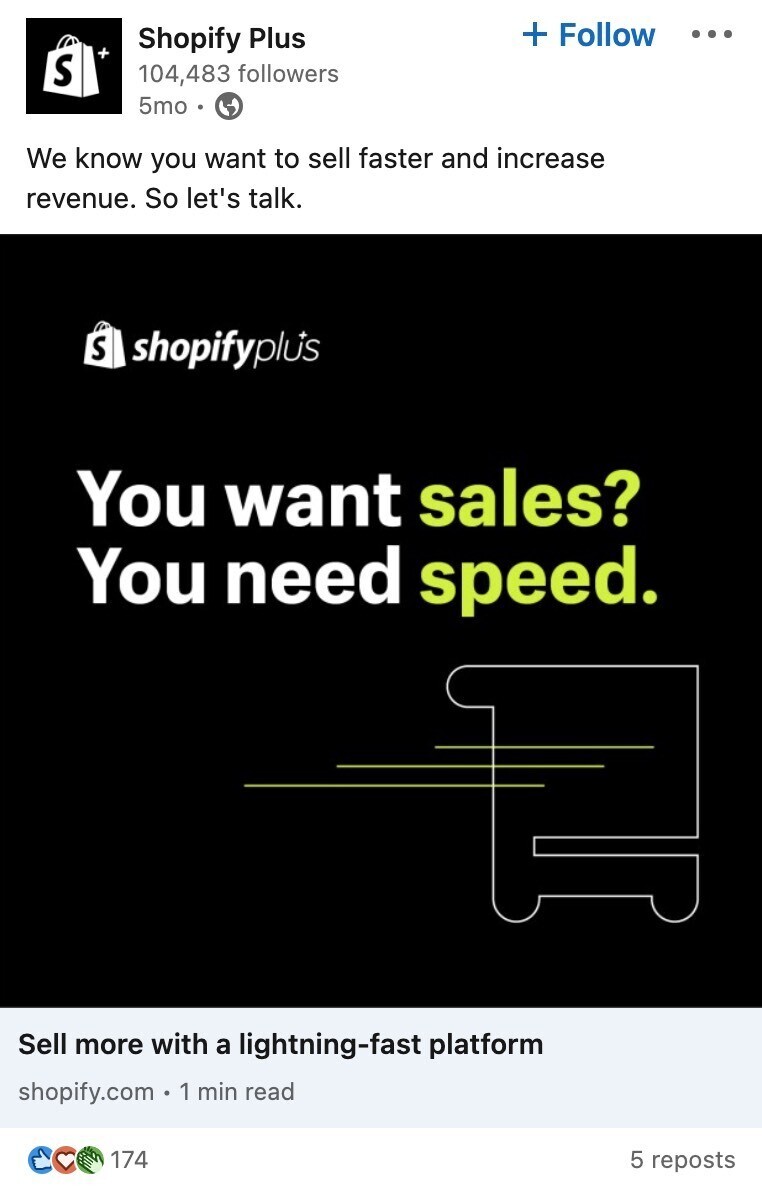
This professional networking platform lets advertisers target users based on attributes like job title, company, experience, and location. Pricing models include CPC and CPM. You can also pay to send personalized messages to members of your target audience through sponsored InMail ads.
9. Instagram Ads
Instagram lets advertisers display sponsored posts in users’ feeds and stories, including photos, videos, and carousels.
Here’s an example:

Instagram offers CPC and CPM pricing models. But you can also pay per engagement (such as post likes and comments). The platform is particularly good for brands targeting audiences between 18 and 34 years old.
How to Get Paid Traffic That Actually Converts
Now that you’re up to speed on the fundamentals of paid traffic, let’s consider three basic steps for building successful paid ad campaigns.
Further reading: 12 Paid Advertising Mistakes & How You Can Make Your Ads Better
Step 1: Create a Smart Paid Traffic Roadmap
To avoid common pitfalls like low impressions, low CTRs, and overspending, you should always start by creating a detailed roadmap.
This document should outline the following:
- Your marketing objectives: What results are you trying to achieve? Outlining your goals will help you determine how to craft ads that drive toward them.
- Your target audience: Who exactly do you want to reach with your ads? Building a detailed picture of your target personas (like in the example below—created with our free Persona tool) will help you craft effective ads that resonate with your intended audience.
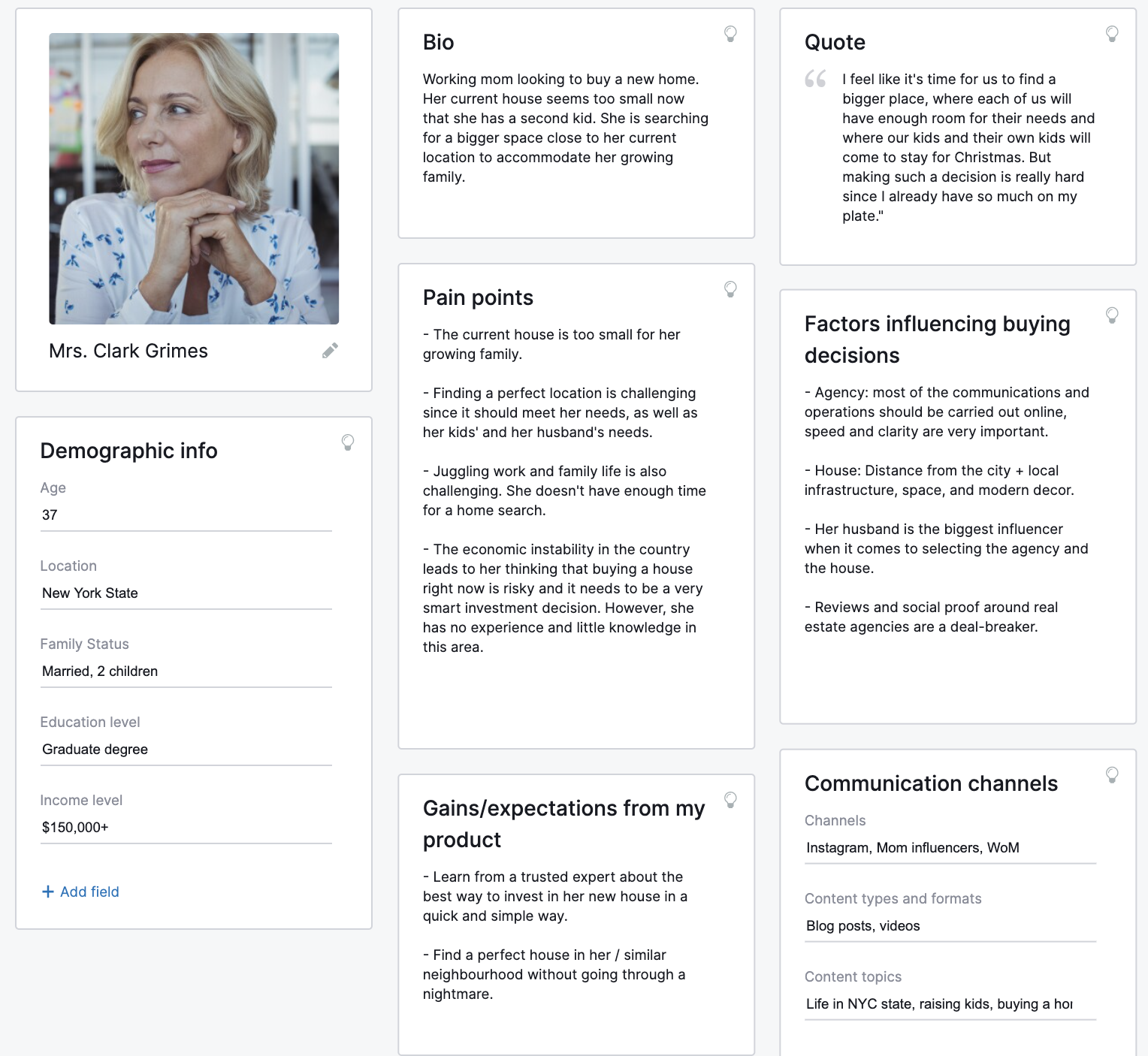
- Your preferred channels: Which paid traffic sources will you use? Your choices should reflect your campaign goals and the characteristics of your target audience.
- Your budget: How much money are you willing to spend to reach your paid traffic goals? Targeting a niche audience is often less competitive—and usually less expensive—than targeting a broader one.
Step 2: Create Winning Ad Copy and Visuals
Once you’ve defined your audience and selected your advertising channels and types, it’s time to develop your creative assets.
The trick to crafting compelling copy is to evoke a relevant problem in your reader’s mind and present your company’s products or services as the solution. And make your value proposition and call to action (CTA) clear (a CTA is a prompt you give users to complete a desired action—like buying a product or signing up for a free trial).
Likewise, high-quality imagery, engaging narratives, and distinctive branding will help your image and video ads stand out.
It’s also a good idea to research what approach your competitors take to their ad creative.
You can use Advertising Research to see what ad copy your competitors are using and which keywords they’re bidding on for their paid search campaigns.
Open the tool and enter a competitor’s domain. Then, click “Search.”

You’ll first see an overview of how many paid keywords are driving traffic to their site, an estimate of their paid traffic from search ads, and more.
Next, click “Ads Copies.”
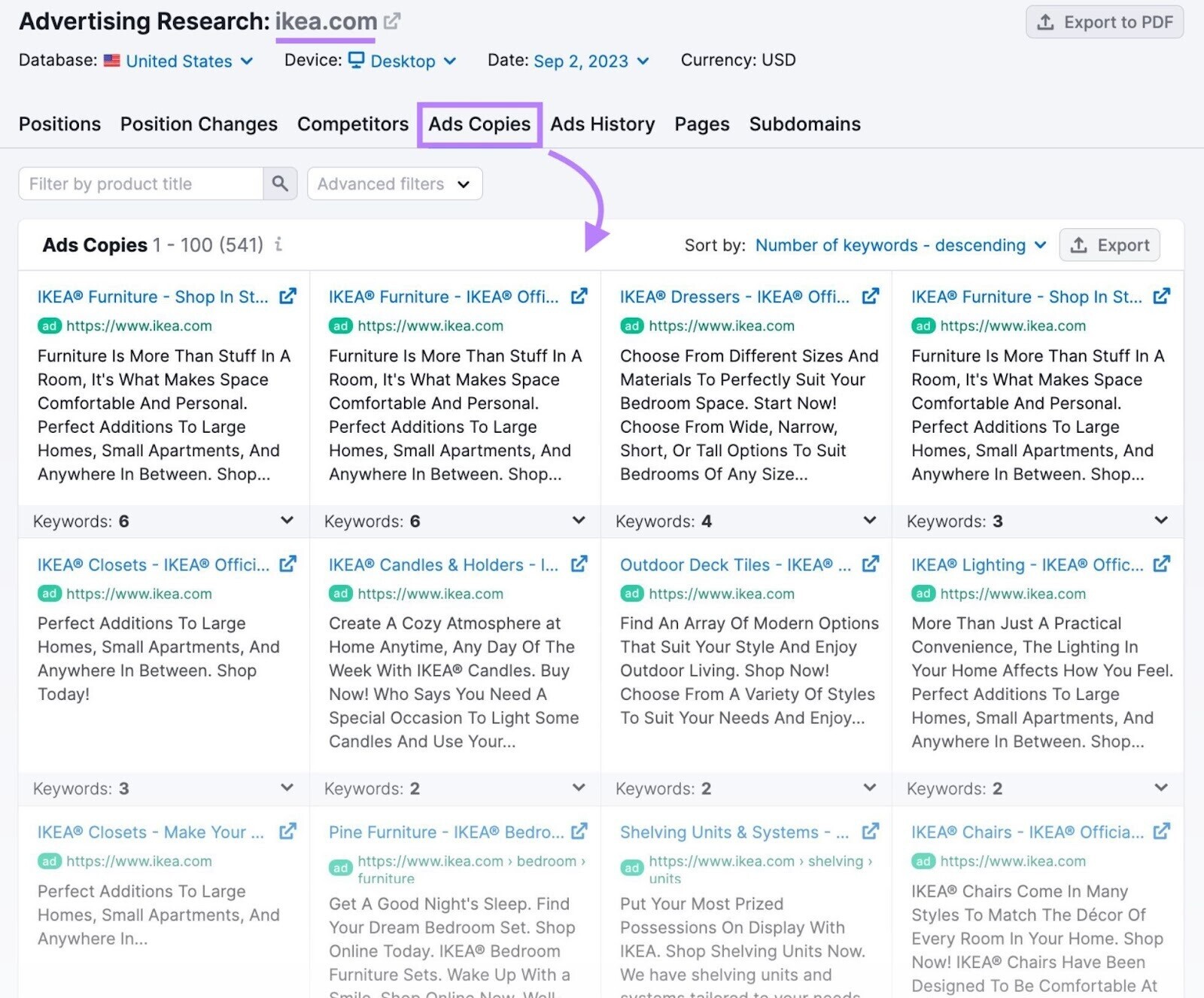
Here, you can study the copy your competitor is using for their search ads. You can even see which keywords they’re bidding on for each ad by clicking the “Keywords:” drop-down section on individual tiles.
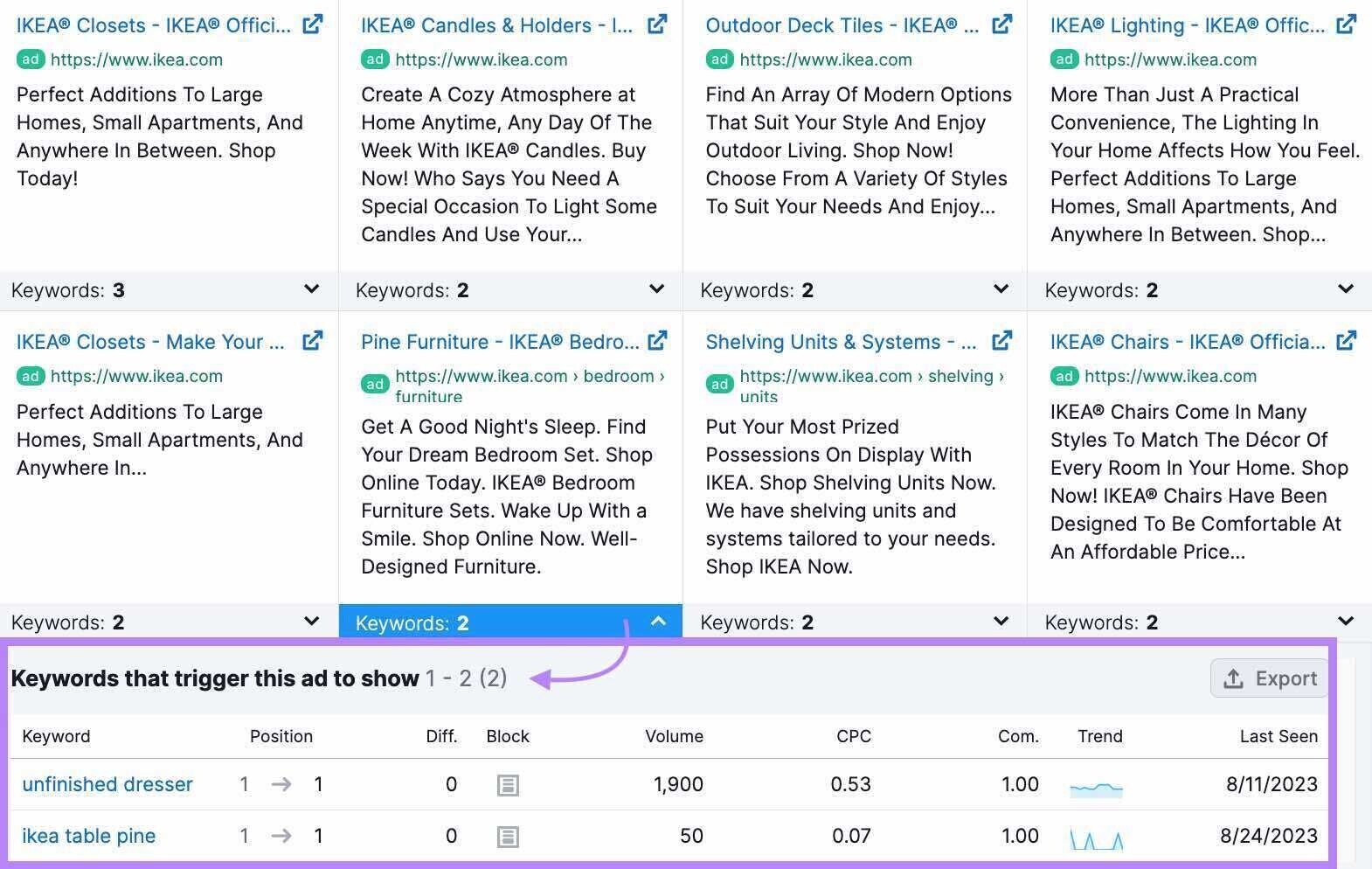
This information can help inspire your own campaigns.
Step 3: Optimize Your Landing Pages
Your landing pages should be well-designed and live up to the promise of your ad. So visitors don’t feel confused or misled and then leave.
Here’s an example of a well-optimized landing page from a business that connects customers to online yoga teachers. The headline succinctly explains what the service is, the core features are clearly listed, the imagery and color scheme are appropriate, and there’s social proof in the form of an “excellent” Trustpilot rating.
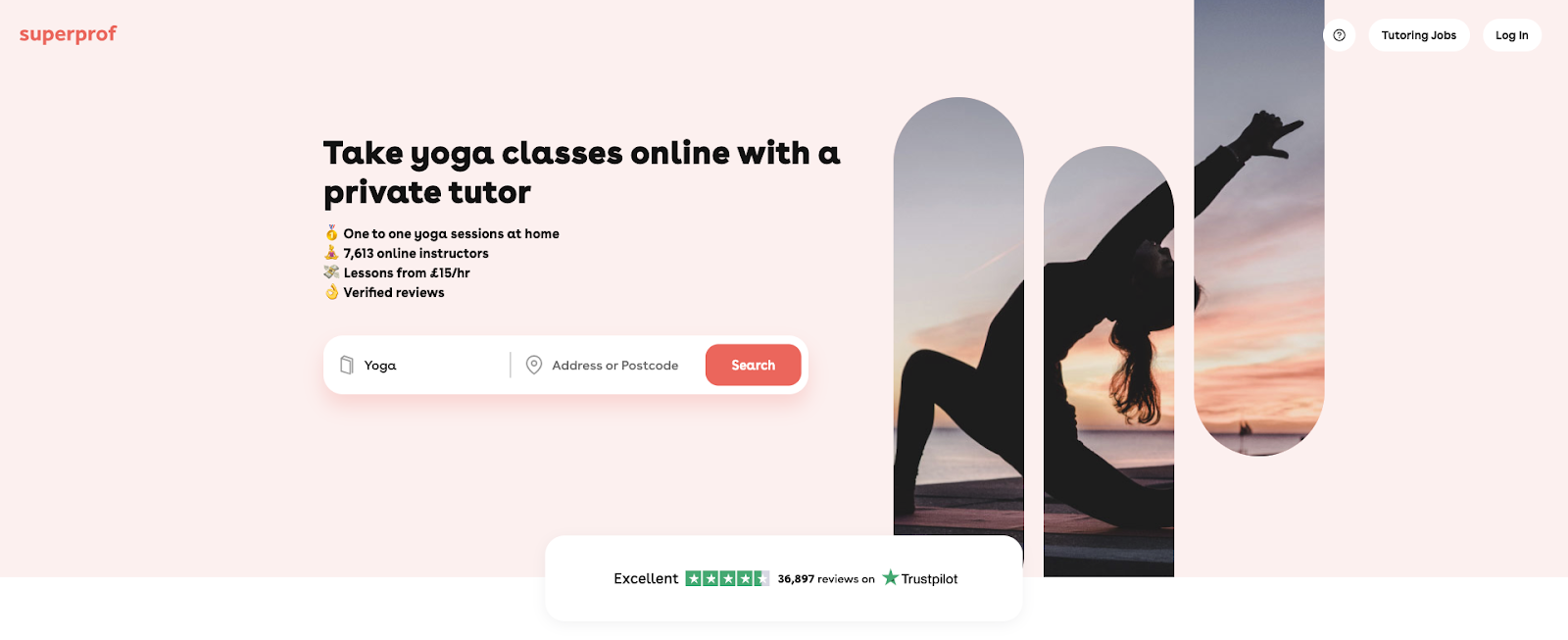
Here are a few tips to help you create more effective landing pages:
- Headline: Study what headline variations your top-performing competitors are using for inspiration
- Content: Present the information your visitors came for in a clear and engaging manner
- Visuals: Use high-quality and relevant images. Avoid stock photos that you’ve seen elsewhere or ones that look unnatural.
- CTA: Match it with the search intent. If your visitor is in the early stages of the buying journey, “Get a quote” would probably work better than “Buy now.”
- Performance monitoring: Once your landing page goes live, keep track of key metrics like bounce rate, time on page, and form abandonment rate. If visitors leave immediately after landing, it’s likely the page doesn’t align with the keywords it’s displayed for. And if visitors stay for a while but never click the CTA, your offer probably isn’t compelling enough.
- A/B testing: Run two variations of your landing page at the same time, with half of your visitors going to each one. Once you discover which variation works best, you can direct all users to that version of the page (or repeat the testing process with further variations).
Start Driving Paid Traffic to Your Business
Paid ads play a key role in virtually any well-rounded marketing strategy.
They provide businesses with opportunities to connect with a wider audience, generate more traffic, and drive more sales.
But building a successful paid traffic campaign calls for thoughtful planning, compelling ad creative, and conversion-optimized landing pages.
Tools like Advertising Research can help. Especially when it comes to studying your competitors’ efforts to find out what might work for your own campaigns.
